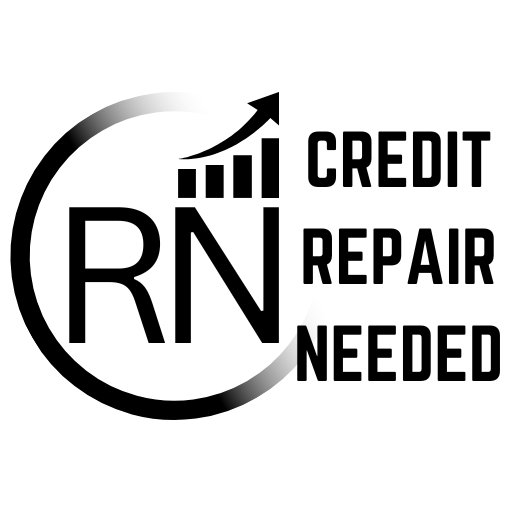Getting Started: Control and actively Manage
Effective Credit Repair Techniques
Take Charge of Your Credit: DIY Strategies to Build Credit Success & Unlock Financial Freedom
Introduction
Welcome to our DIY Credit Repair hub.
Congratulations on taking your first step in taking control of your credit. This is your one-stop shop for DIY Credit Repair! We understand the importance of a strong credit score – it unlocks doors to financial opportunities like lower interest rates, better loan terms, and even dream homes. But a less-than-ideal credit score can feel overwhelming and leave you wondering where to begin.
That’s where we come in. Here, we’ll equip you with the knowledge, tools, and proven strategies and techniques to tackle credit repair head-on. We’ll guide you through the process step-by-step, empowering you to take charge of your credit score and unlock a brighter financial future.
While the techniques we share are all legal and have a strong track record, it’s important to acknowledge that individual results may vary depending on your unique credit situation. We’ll be here every step of the way, offering clear guidance and support as you work towards building a credit score you can be proud of.
PRO TIP
Remember, credit repair is a marathon, not a sprint. It takes patience, persistence, and the right tools to navigate the journey successfully.
Follow these Steps to Get Started on Your Credit Repair Journey:
Effective DIY Credit Repair Techniques
Step 1. Obtain Your Credit Reports
The first thing you need to do is get copies of your credit reports from all three major credit bureaus: Equifax, Experian, and TransUnion. You’re entitled to one free report from each bureau annually through AnnualCreditReport.com.
Step 2. Review Your Credit Reports
The second step in credit repair is crucial. Carefully review your credit reports from all three major bureaus: Equifax, Experian, and TransUnion. This process is absolutely essential. You must go through each report with a fine-tooth comb. Scrutinize every detail for inaccuracies, errors, or discrepancies. Be on the lookout for accounts you don’t recognize, incorrect payment statuses, or outdated negative information.
2. Dispute Inaccuracies
If you find errors on your credit reports, taking action is absolutely essential. You have the right to dispute these inaccuracies, and we’ll guide you through the entire process. File disputes with the credit bureau(s) and creditors for any errors you uncover. You can initiate disputes online, by mail, or over the phone. It is critical to provide any supporting documentation to strengthen your case.
Step 3: Address Past Due Accounts
Bringing any past-due accounts current is absolutely vital. Late payments can severely impact your credit score, so it’s critical to address them as soon as possible. Prioritize these accounts and make the necessary payments to get them up-to-date. I think doing that is key to improving your credit score and shows your commitment to managing your credit responsibly.
4. Negotiate with Creditors
Addressing legitimate debts through negotiation with creditors is extremely important. You might be able to settle for less than you owe or have negative items removed in exchange for payment. Taking this step can significantly improve your credit situation and demonstrate your proactive approach to managing your debts.
Step 5: Create a Debt Repayment Plan
It is important to create a plan to pay down your outstanding debts. Consider using the debt avalanche or debt snowball method to systematically tackle your debts. Having a clear strategy in place will help you manage and reduce your debt more effectively.
Step 6. Build Positive Credit
While removing negative items is important, building positive credit is equally crucial. Learn strategies to establish a positive credit history.
Credit Repair Toolkit
Our comprehensive Credit Repair Toolkit provides you with everything you need to start your DIY credit repair journey:
- Sample dispute letters
- Credit report review checklist
- Debt validation request templates
- Goodwill letter samples
- Credit score tracker
- Negotiation scripts

Need More Help?
While DIY credit repair can be very effective, some situations may require professional assistance. If you’re feeling overwhelmed or have a particularly complex credit situation, consider reaching out to a reputable credit repair professional.
Your DIY Credit Repair Questions Answered
We understand that navigating credit repair can be confusing. Here are answers to some of the most common questions we receive, including Q&As directly related to DIY.
How long does credit repair take?
The timeline for credit repair varies depending on your specific situation. Some people see improvements in a few months, while others may take a year or more. Consistency and patience are key.
Is DIY credit repair legal?
Yes, DIY credit repair is completely legal. The Fair Credit Reporting Act (FCRA) gives you the right to dispute inaccurate information on your credit reports.
Can I remove accurate negative items?
Generally, accurate negative information will remain on your credit report for 7-10 years. However, its impact diminishes over time, especially as you build positive credit.
